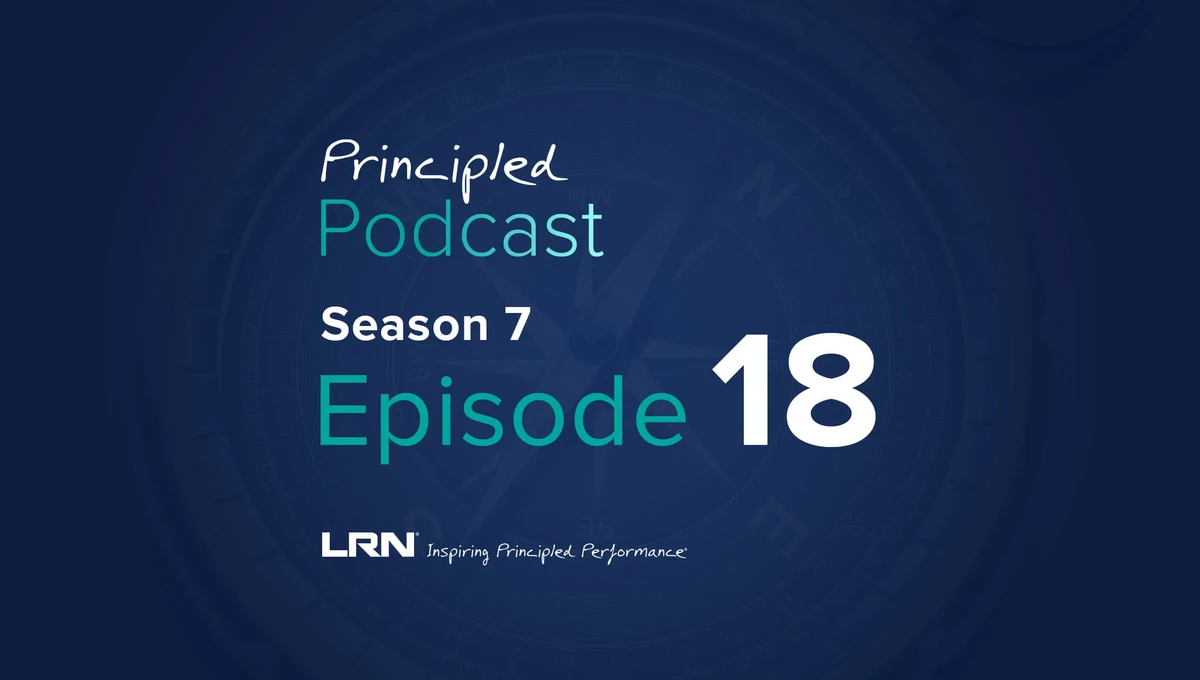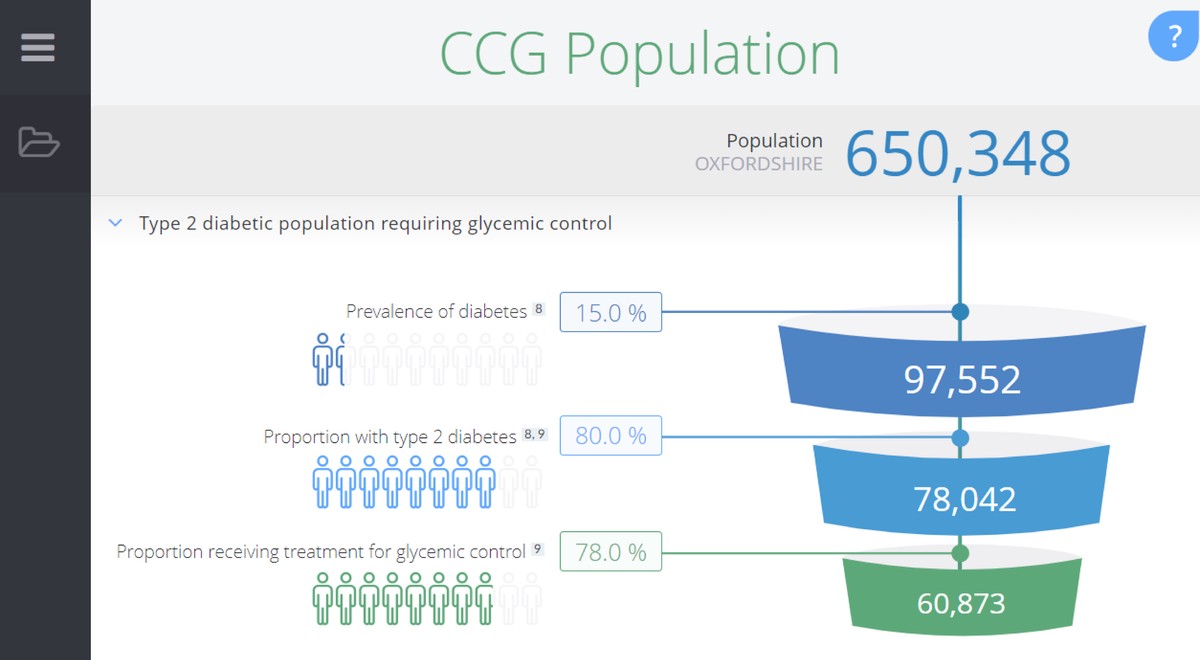

================================
Conditional Value at Risk (CVaR) is a key risk management tool used in finance and trading, helping to assess the potential losses in a portfolio or position beyond a certain confidence level. While traditional methods of calculating Value at Risk (VaR) provide a threshold for potential losses, CVaR offers a more detailed view by quantifying the tail risk — the extreme losses that can occur in the worst-case scenarios. This article will discuss how to improve CVaR calculations, focusing on advanced methods, tools, and techniques that can enhance the accuracy and applicability of CVaR in various trading strategies.
What is CVaR and Why is it Important?
Conditional Value at Risk (CVaR) is a measure that helps assess the average losses occurring beyond a specific Value at Risk (VaR) threshold. While VaR gives a point estimate of the maximum expected loss at a given confidence level (e.g., 95% or 99%), CVaR goes a step further by estimating the expected loss in the worst (tail) 5% (for example) of cases. CVaR is particularly useful for:
- Managing tail risks: Identifying the impact of extreme market movements.
- Quantitative risk analysis: Helping traders and risk managers make more informed decisions.
- Portfolio optimization: Assisting in asset allocation strategies based on risk tolerance.
CVaR is important because it provides a deeper insight into potential losses, which is vital in strategies where large market shifts can have significant consequences, such as in quantitative trading and derivatives trading.
Methods to Improve CVaR Calculations
Improving CVaR calculations requires a thorough understanding of various methods that can enhance both accuracy and application. Below are some advanced strategies and approaches to improve CVaR calculations.
1. Monte Carlo Simulation for CVaR
Monte Carlo simulation is a statistical technique used to model the probability of different outcomes in a process that cannot easily be predicted. For CVaR calculations, Monte Carlo simulations allow for more realistic modeling of tail risks, considering a wide range of market scenarios, including extreme tail events.
How to Use Monte Carlo for CVaR:
- Simulate asset returns: Generate random paths for asset returns using historical data or assumed distribution models.
- Run simulations: Simulate thousands of possible price paths to model the range of potential outcomes.
- Calculate tail losses: Identify the worst losses in the simulated data and compute the conditional mean of losses beyond the VaR threshold.
Advantages:
- More accurate representation of market conditions.
- Captures a wide array of possible market outcomes, especially during extreme events.
Disadvantages:
- Computationally intensive.
- Requires significant processing power and time for large portfolios.
2. Historical Simulation Method
The historical simulation method is another widely used approach in CVaR calculation. It involves using historical data to simulate portfolio returns and estimate potential losses. This method is especially useful because it uses real market data, making it less dependent on assumptions about distribution.
Steps in Historical Simulation for CVaR:
- Collect historical data: Gather a sample of historical returns or price data for the assets in the portfolio.
- Calculate historical VaR: Find the VaR at the desired confidence level (e.g., 95% or 99%) based on historical returns.
- Estimate CVaR: Calculate the average of the returns that fall below the VaR threshold, which gives the CVaR.
Advantages:
- Easy to implement and understand.
- Uses actual market data, which may better reflect current market conditions.
Disadvantages:
- Limited to past data, which may not fully account for future risks.
- May not accurately capture extreme market events outside the historical sample.
3. Parametric Methods for CVaR
Parametric methods assume that returns follow a known distribution (e.g., normal distribution) and use statistical models to estimate the CVaR. The most common approach is to assume that returns follow a normal distribution, allowing for a relatively simple formula for calculating CVaR.
Steps in Parametric CVaR Calculation:
- Estimate distribution parameters: Use statistical techniques to estimate the mean and standard deviation of asset returns.
- Calculate VaR: Use the standard formula for VaR under the normal distribution assumption.
- Calculate CVaR: Calculate the conditional average loss beyond the VaR level, assuming the returns follow a parametric distribution.
Advantages:
- Computationally efficient.
- Simple to implement with well-known statistical methods.
Disadvantages:
- Assumes normal distribution, which may not always hold in financial markets.
- Inaccurate for portfolios with non-normal returns or extreme tail risks.
4. Stress Testing and Scenario Analysis
Stress testing and scenario analysis are essential for improving CVaR calculations, especially during times of market stress or crisis. By simulating hypothetical adverse market conditions (e.g., sudden crashes, large economic shocks), these methods help assess the impact on portfolio performance and estimate potential CVaR values under extreme conditions.
Steps in Stress Testing for CVaR:
- Define extreme scenarios: Develop scenarios of market shocks, such as sudden price drops, interest rate hikes, or geopolitical events.
- Simulate portfolio performance: Assess how the portfolio performs under each scenario.
- Adjust CVaR estimates: Use the simulated losses to adjust the CVaR calculations.
Advantages:
- Provides insights into potential extreme events that are not captured in historical data.
- Helps traders and portfolio managers prepare for black swan events.
Disadvantages:
- Scenarios are often subjective and depend on the assumptions made.
- Stress tests do not provide quantitative distributions but rather qualitative assessments.
5. Improving Data Quality and Frequency
Improving the quality and frequency of data used in CVaR calculations can lead to more accurate risk assessments. This involves ensuring that the data used in simulations is up-to-date, reflects current market conditions, and covers a sufficiently long time frame.
Steps for Improving Data Quality:
- Use high-frequency data: Leverage intraday data or tick data for more accurate simulations, particularly for volatile assets.
- Use reliable data sources: Ensure the data used is from trusted financial databases or market exchanges.
Advantages:
- Increases the accuracy of CVaR calculations.
- Enhances the robustness of the model by reflecting real-time market conditions.
Disadvantages:
- Higher frequency data can be expensive or difficult to obtain.
- Data quality may still be impacted by market anomalies.
FAQ: Common Questions on Improving CVaR Calculations
1. What is the difference between CVaR and VaR?
VaR (Value at Risk) measures the maximum loss at a given confidence level over a specific time period. CVaR, on the other hand, measures the average loss beyond the VaR threshold, providing a more detailed view of tail risk.
2. Can I use CVaR for cryptocurrencies?
Yes, CVaR is especially useful for assessing risk in volatile assets like cryptocurrencies. Given the extreme price fluctuations in crypto markets, CVaR provides an essential tool for understanding potential losses beyond typical VaR measures.
3. How can CVaR be used in risk management?
CVaR helps in risk management by identifying the potential losses beyond the VaR threshold, allowing for better decision-making in terms of position sizing, portfolio diversification, and asset allocation. It also helps traders and managers to prepare for extreme market conditions.
Conclusion
Improving CVaR calculations is essential for effective risk management in both traditional and modern financial markets. By using advanced techniques such as Monte Carlo simulation, historical simulation, parametric methods, stress testing, and improving data quality, traders and risk managers can gain deeper insights into the tail risks associated with their portfolios. Each method has its advantages and drawbacks, but by combining multiple techniques, you can achieve a more accurate and comprehensive risk assessment.
As markets evolve and become more complex, continuously improving CVaR calculations will provide a more reliable foundation for making informed decisions and managing risk effectively in an increasingly uncertain financial environment.